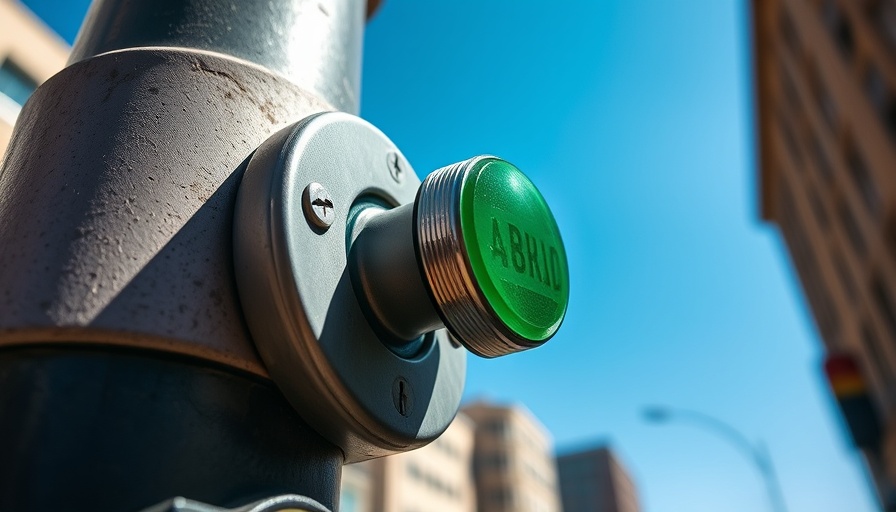
Do Crosswalk Buttons Provide Any Real Benefit?
Have you ever wondered if pressing the crosswalk button at your local intersection actually speeds up the traffic light cycle? For many residents in Southeast Michigan, these buttons are part of the daily routine, often met with mixed feelings about their effectiveness. As you hurry to cross when the light turns green, it’s easy to feel a sense of urgency, especially if you've pressed the button multiple times. Let's break down how these buttons work and whether they're genuinely useful.
The Mechanics Behind Crosswalk Buttons
To understand the function of crosswalk buttons, consider how interconnected our city traffic systems are. When you push one of these buttons, like the City of Missoula explains, it sends a signal to the traffic controller indicating that a pedestrian wants to cross. This signal doesn’t change the light immediately; instead, it gets slotted into a sequence, just like cars waiting at a side street. Patience is key as the system tallies these calls for service, and then ultimately activates the signal when it’s that direction’s turn.
Regional Differences in Signal Functionality
However, what's crucial to understand is that these buttons operate differently from city to city. In Washington D.C., for example, many traffic signals are designed to provide walking signals on a timed basis regardless of whether the button is pressed. As reported by American University Radio (WAMU), over 80% of their signals automatically give pedestrians a walk signal at regular intervals. For Southeast Michigan residents, it’s important to check the local traffic controls; you may find that pressing the button isn’t necessary in some areas.
The Evolution of Pedestrian Safety Features
Pushing the button might not be changing the cycle speed as many believe, but it raises another important aspect: the safety of pedestrians. Newer crosswalk buttons now come equipped with auditory signals to guide visually-impaired pedestrians. This evolution not only makes crossings safer for all pedestrians but also illustrates a growing awareness of the need for more considerate urban design. This thoughtful approach reflects the improvements cities are embracing worldwide, ensuring that roads cater to everyone.
A Common Misconception About Button Pressing
Many people feel compelled to press the button multiple times, hoping to expedite the process, but this is a common misconception. The system has been optimized to process the call for service efficiently, and excessive button pressing doesn’t accelerate the light change—save your strength for when you actually need to cross!
What Homeowners Should Know
For homeowners in Southeast Michigan eager to improve their community experience, understanding how these crosswalk buttons work can spark more thoughtful conversations about pedestrian safety. Engaging with local traffic authorities often reveals opportunities to propose enhancements, such as pedestrian-only phases during busy hours. Education is your best tool, especially when considering home improvement projects that could impact pedestrian safety near your residence.
Take Action: Stay Informed and Advocative
Next time you’re at an intersection and see a crosswalk button, remember what you’ve learned: press it as needed, and know that the signal will change in due time based on the system's programmed sequence. Understanding these intricacies not only prepares you better for city life but also empowers you to advocate for pedestrian safety improvements in your neighborhood.
 Add Row
Add Row  Add
Add 




 Add Row
Add Row  Add
Add 

Write A Comment